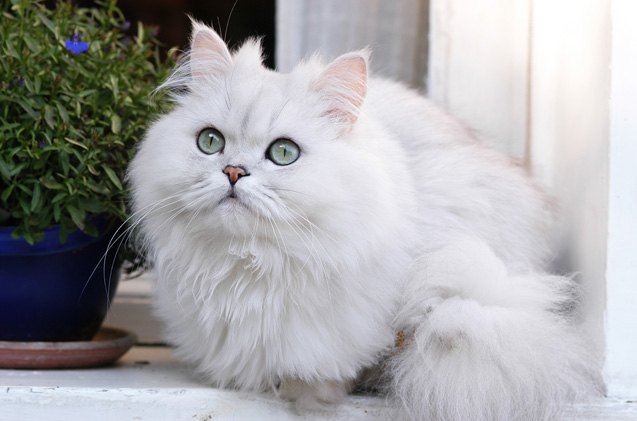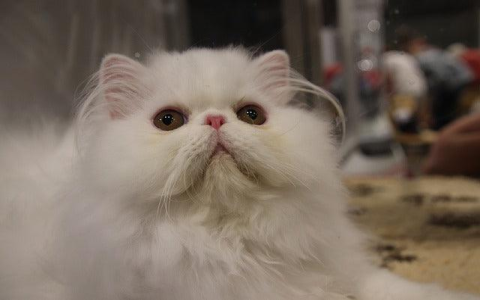So, I got this idea in my head, right? I kept seeing pictures of those Chinchilla Persian cats, you know, the really fluffy white ones with the big green eyes. Looked like little clouds. I thought, maybe I should get one. But the first thing that popped into my mind was, how much does one of these fancy cats actually cost? Seemed like they’d be expensive.
I started digging around. First stop, just typing it into search engines. Easy enough. But man, the numbers that came back were all over the map. Seriously. Some places hinted at prices like a few hundred bucks, which sounded way too low, almost suspicious. Then other sites, maybe breeder pages or something, were throwing out numbers in the thousands. Like, big thousands. It was confusing as heck.

What I Found Out Digging Deeper
Okay, so just searching wasn’t cutting it. I figured I needed to understand why the prices were so different. It wasn’t just one simple price tag. I started trying to contact people, folks who actually breed these cats. Let me tell you, that was an adventure in itself. Some didn’t reply at all. Others had websites that looked like they were built back in the dial-up days. A few replied, but getting a straight answer on price felt like pulling teeth.
What I started piecing together is that a bunch of things change the price tag:
- The Breeder: This is a big one. Breeders who are well-known, registered with cat associations (like CFA or TICA), and do all the health testing charge more. Makes sense, they put a lot of work and money into their cats. Then you got your backyard folks, probably way cheaper, but who knows what you’re really getting?
- The Cat’s Papers (Pedigree): If the cat has champion bloodlines, parents are show winners, that kind of stuff? Price goes up. A fancy family tree costs money.
- Age: Kittens usually cost the most. Sometimes you can find retired breeding cats or slightly older kittens for less.
- Looks and Quality: Is it “show quality” meaning it fits the breed standard perfectly? Or “pet quality” which might have tiny flaws only a judge would notice? Show quality costs more, obviously.
- Health Stuff: Good breeders test for common Persian problems, like kidney disease (PKD). They give shots, deworming. All that costs money upfront, which gets factored into the kitten’s price. Cheaper cats might skip this.
- Location: Yeah, where the breeder is located can change the price too. Shipping a cat also adds a big chunk of change.
My Own Run-Ins
I remember emailing one place. They had beautiful cats on their site. They got back to me pretty quick. The price they quoted… wow. Let’s just say it was more than my first car. Seriously steep. They explained it was due to import lines and champion parents. Okay, fair enough, but way out of my league.
Then I saw an online ad, someone local-ish. Price was super low, like maybe $500. Seemed too good to be true. I asked a few questions about health checks, parents, seeing the place. The replies got real vague, real fast. Got a bad feeling, you know? Decided to steer clear of that one. It felt like you get what you pay for, or maybe don’t get what you think you’re paying for.
So, after all that running around, virtually speaking, I realized there isn’t one single answer to “chinchilla persian cat price”. If you’re looking at a well-bred kitten from a reputable, registered breeder who does health testing, you’re likely looking somewhere in the range of $1,200 to $2,500, maybe even more for top show quality or specific lines. Yeah, it’s a chunk of change.
You might find them cheaper, sure, but then you gotta ask yourself why they’re cheaper. Could be perfectly fine, maybe an older cat, or maybe corners were cut somewhere with health or breeding practices. It’s a bit of a gamble. For me, figuring all this out took way more effort than I thought it would. It’s not just picking a cat, it’s researching the whole background. Quite the process.






